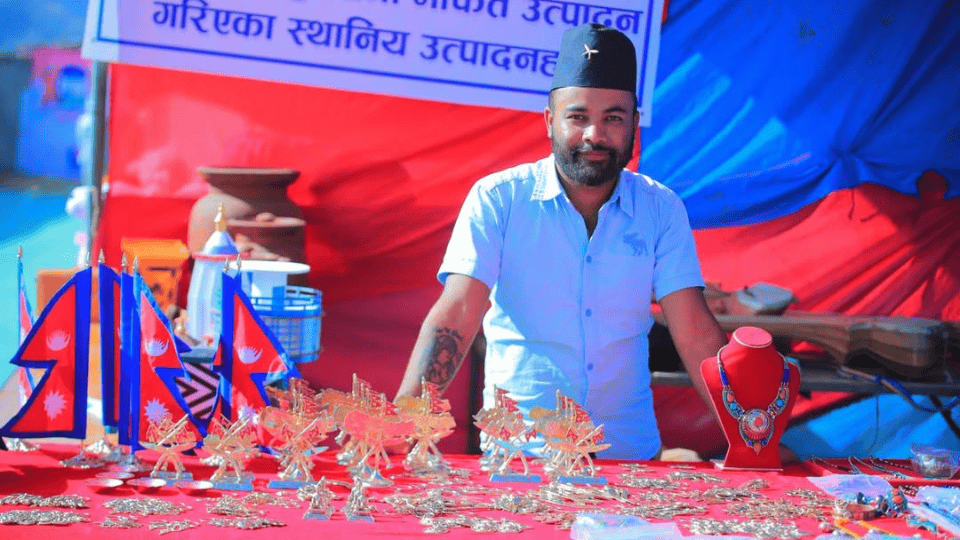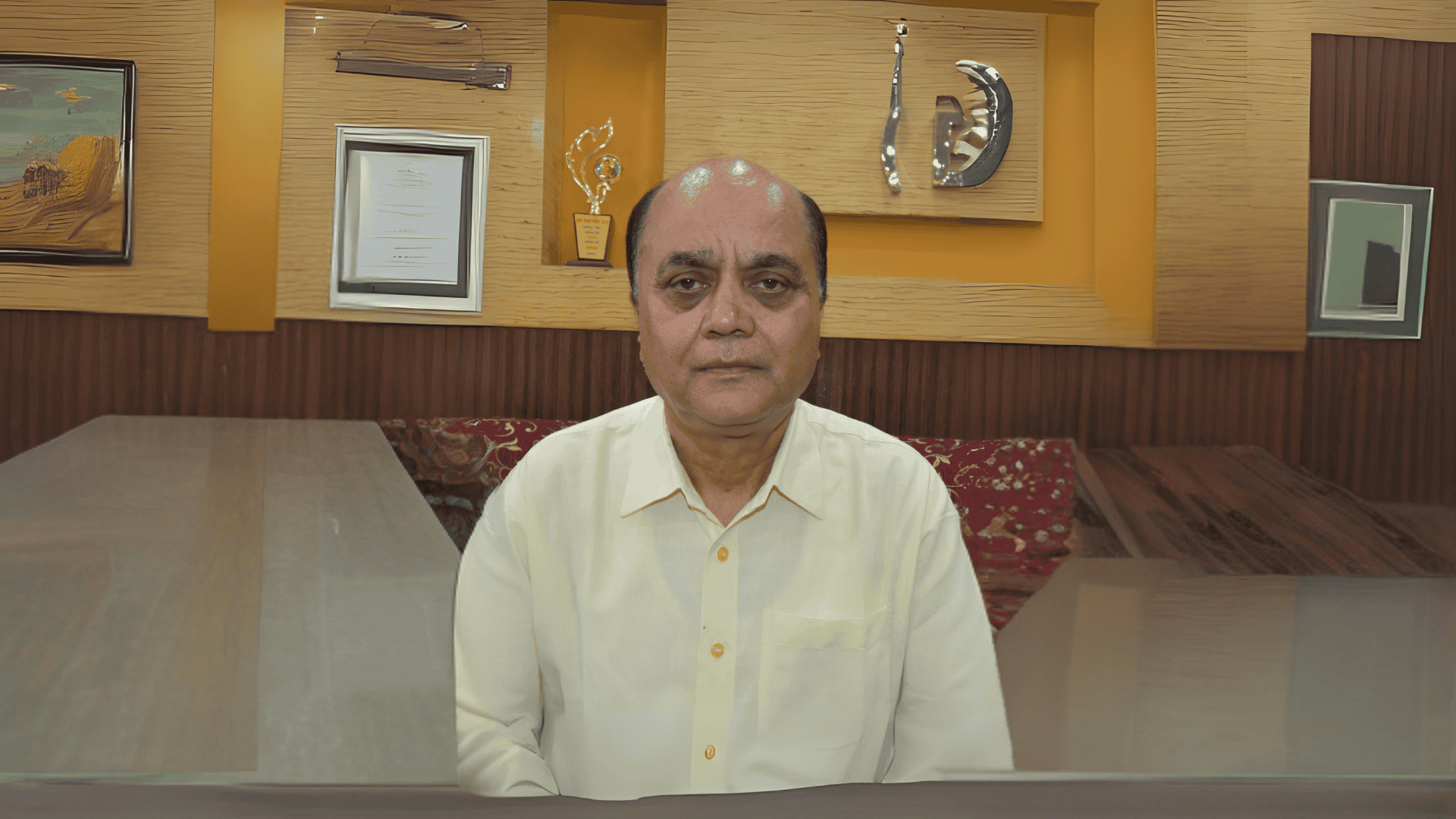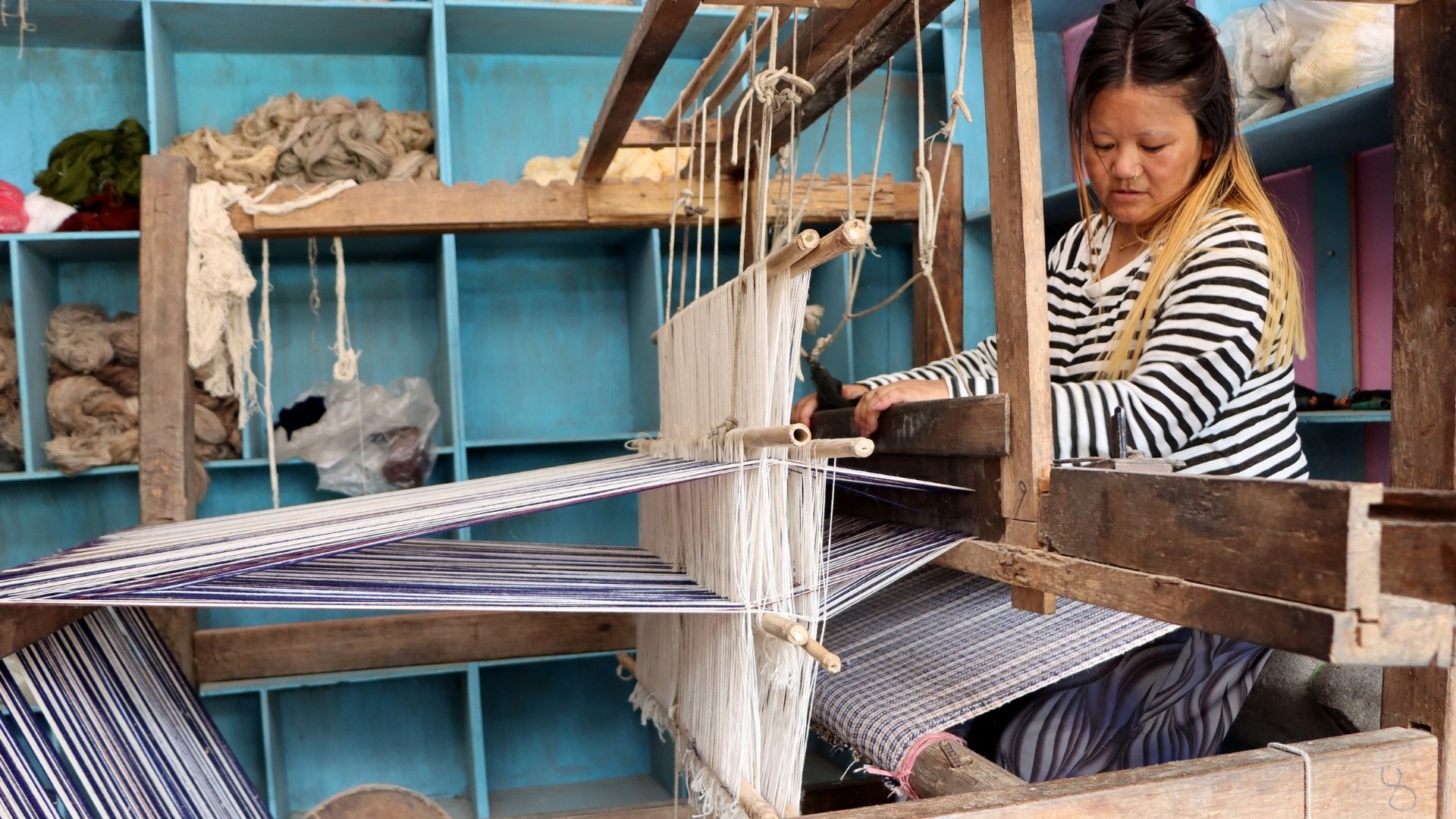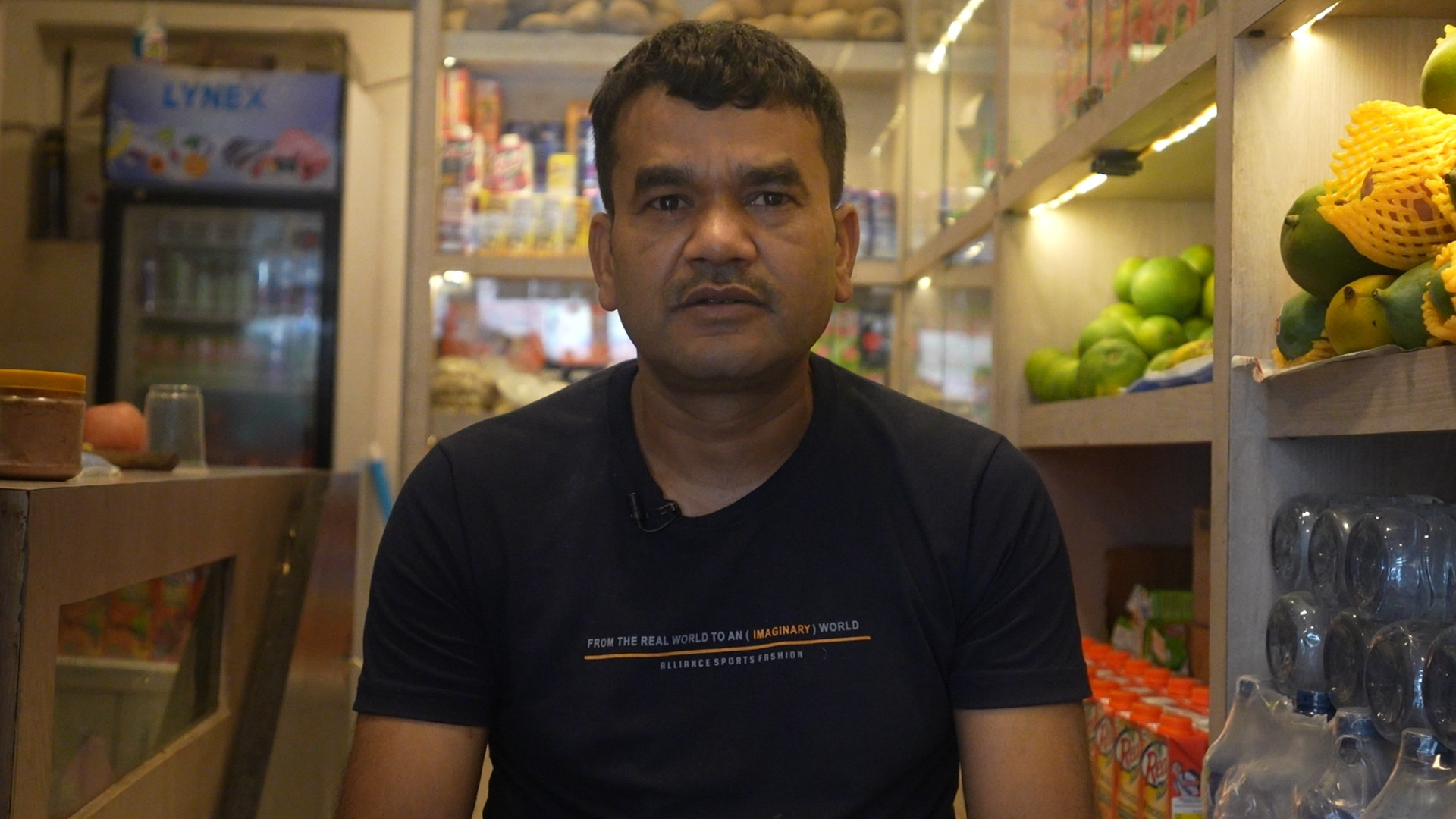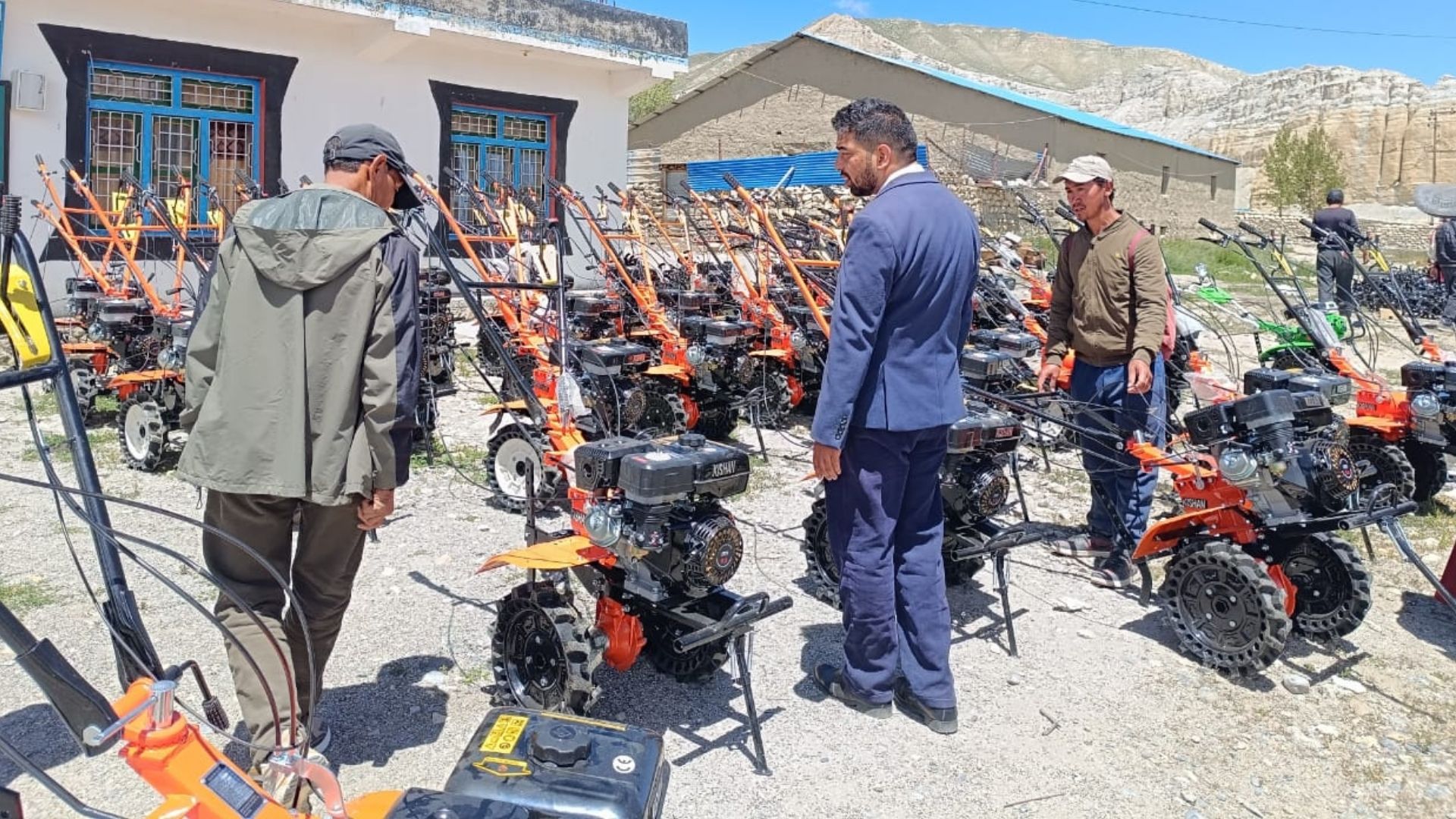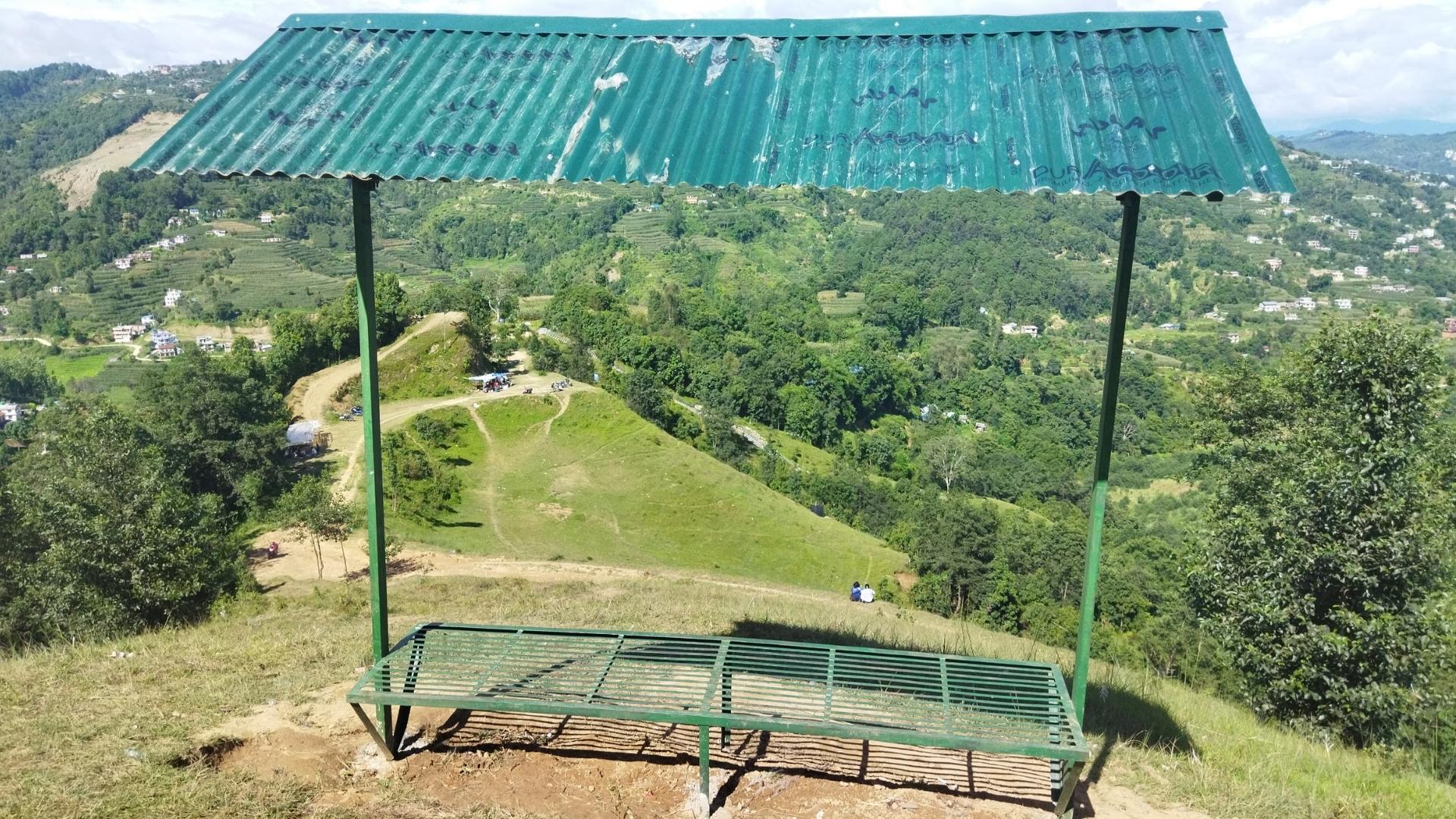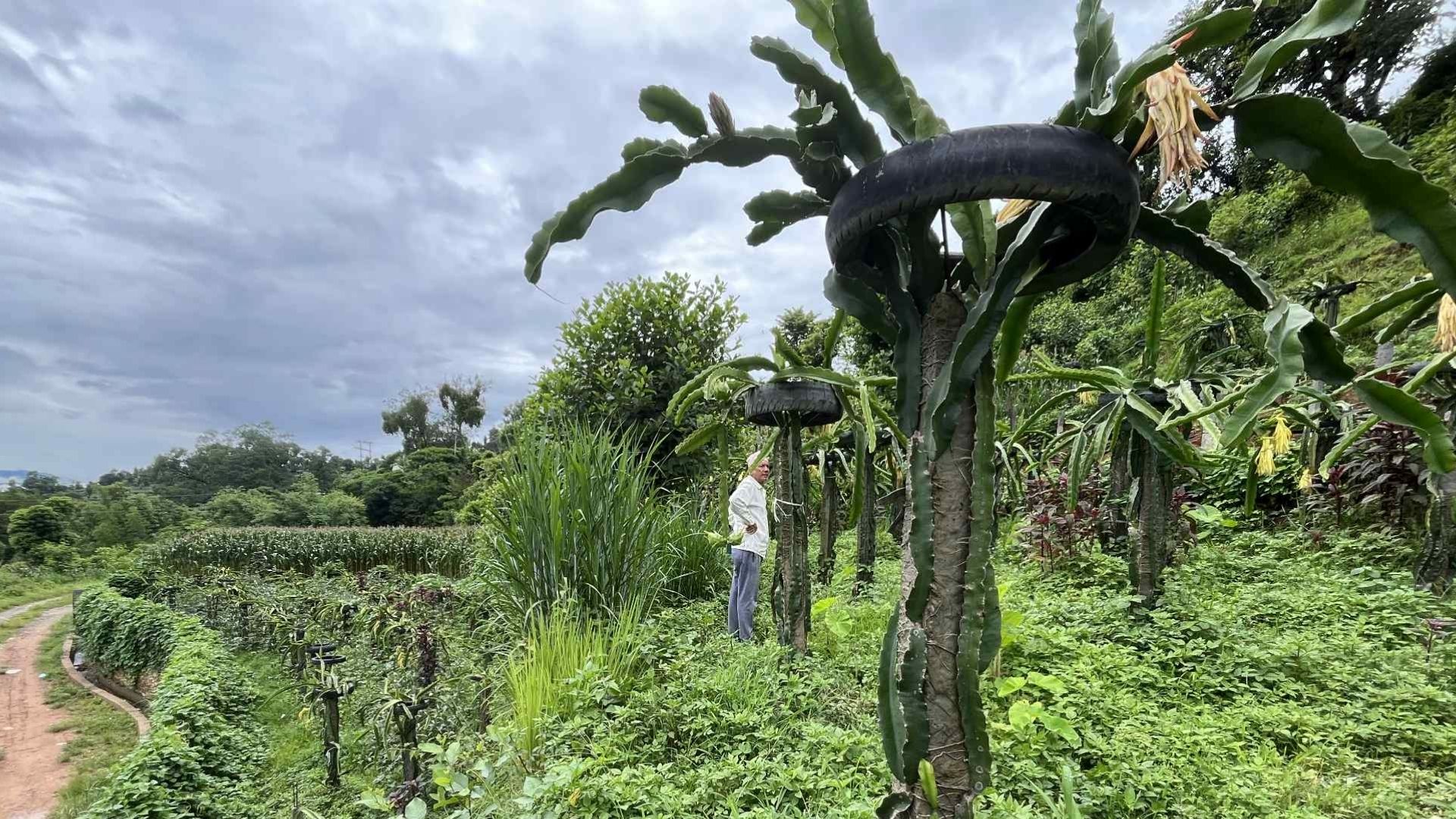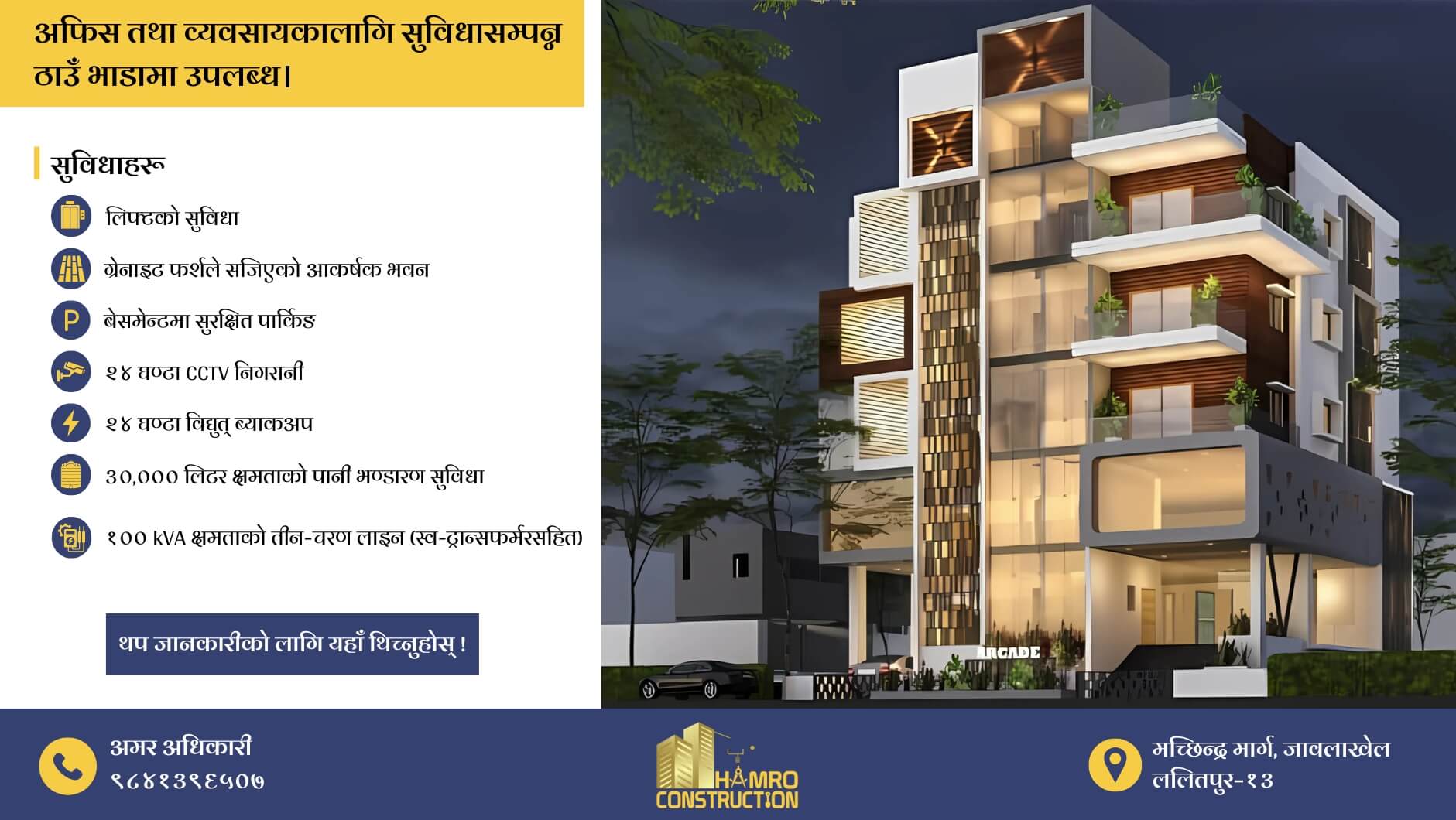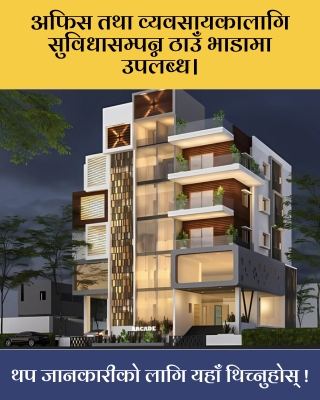In Tehrathum, the tradition of handloom weaving was prevalent in most households, including the family of Shanti Fudung Limbu. She commercialized this ancestral craft into a business in 2002, leading to the establishment of the ‘Faktanglung Dhaka Textile Industry’.
“The practice of weaving fabric on a loom has existed here for generations,” Shanti recalls. “Earlier, people used to weave khadi fabric on traditional looms. Over time, khadi has been replaced by Dhaka fabric.”
By formally registering her family’s traditional craft (as a Cottage and Small Industry) in 2002, Shanti has now dedicated 22 years to this skill preserved by her ancestors. Her industry produces various Dhaka items, including caps, bags, and blouses, while also fulfilling customized orders for handwoven Dhaka fabrics.
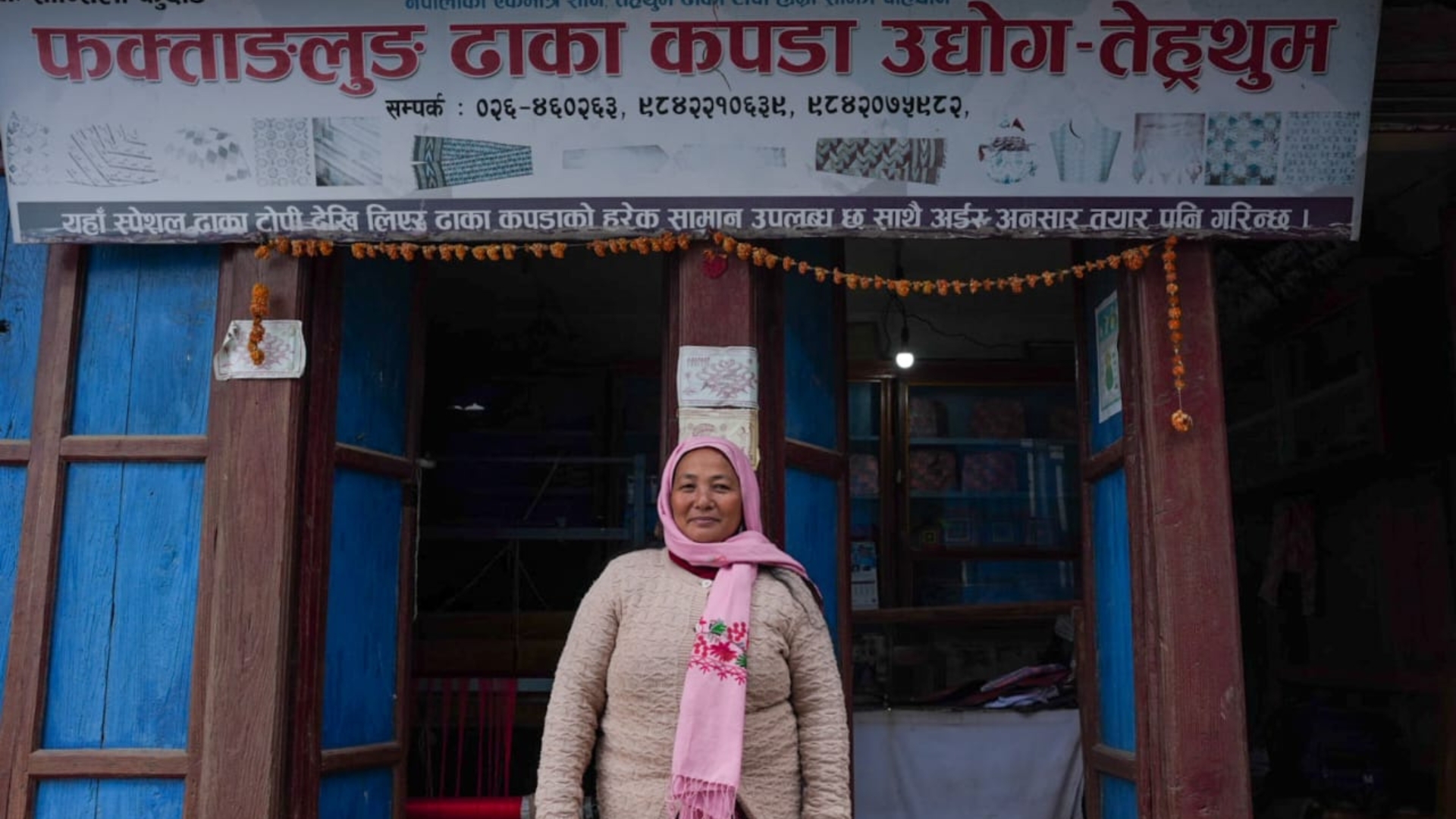
Since childhood, Shanti used to observe her parents weaving fabric by hand, eventually mastering the skill herself.
“Initially, only plain khadi fabric was woven on traditional looms,” she explains. “Gradually, we began adding patterns. Today, both the demand and market for handwoven fabrics are strong.”
Many customers even visit the textile industry in search of authentic hand woven Dhaka fabric. Such dedicated customers come to Faktanglung Dhaka Textile Industry too.
Dhaka fabric from Tehrathum reaches the UK and Australia
The Dhaka products woven by Shanti or produced in her industry have reached international markets, traveling from Tehrathum to Kathmandu and then to the UK and Australia. Shanti attributes this expansion to the superior quality of the fabric, which has facilitated organic marketing through customer recommendations.
“Our products have reached international markets, not just within Nepal. However, everything changed after the COVID-19 pandemic. Before the lockdown, our goods were regularly exported to the UK and Australia,” she laments.
Even though the market for handwoven Dhaka still remains strong, the demand for her products was much higher before the COVID-19 pandemic. Unfortunately, the passing of her husband during the pandemic also made it difficult for her to run the business with the same efficiency and momentum.
Raw materials imported from India
According to Shanti, most of the raw materials needed to produce Dhaka fabric, including thread, are imported from India. Nepalese thread manufacturers import plain threads from India and dye them as per their requirements. Small-scale industries like Shanti’s then purchase these threads for weaving.
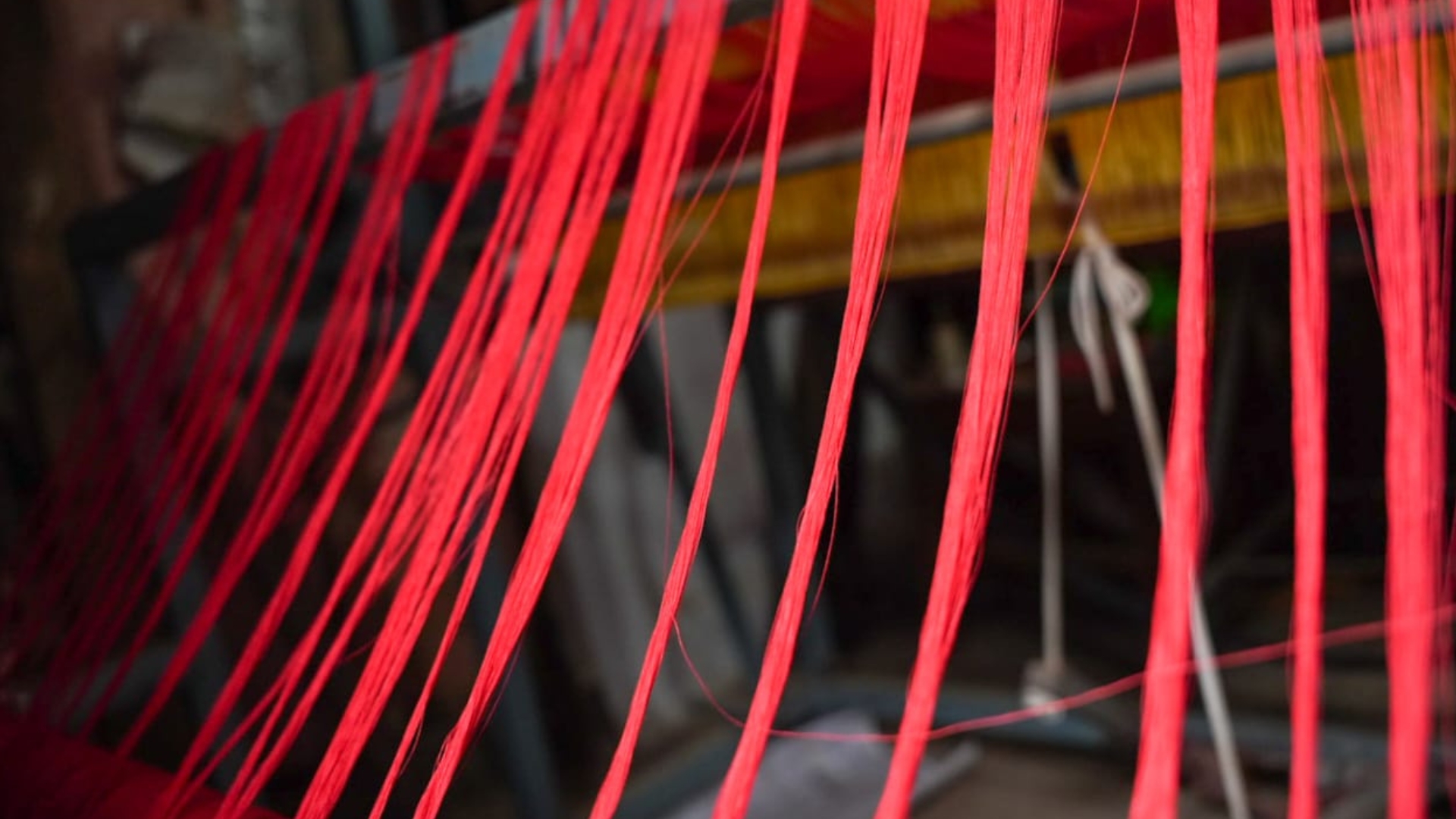
“I procure the necessary threads and raw materials for my industry from Biratnagar and Kathmandu,” she explains.
On average, Shanti purchases threads worth NPR 300,000–400,000 in a single transaction. The thread suppliers in Biratnagar fulfill the orders as per demand.
A Craft of patience with minimal profit margins
The process of weaving Dhaka involves meticulously interlacing fine threads to create intricate designs. According to Shanti, this makes patience the most crucial aspect of the craft.
The process begins with preparing the loom by setting up the threads, followed by weaving the patterns on them. A meter of fabric with simple design can be woven within a day. However, complex patterns require significantly more time, as each thread must be carefully picked and woven.
“For intricate designs, the threads must be woven one by one or two at a time, which slows down the process,” Shanti explains.
Shanti designs most of the patterns herself, a skill she acquired neither through formal education nor training, but one inherited from generations of practice. Occasionally, people request custom designs based on their preferences.
Despite the effort and patience involved, Shanti highlights that the profit margins in this business remain minimal.
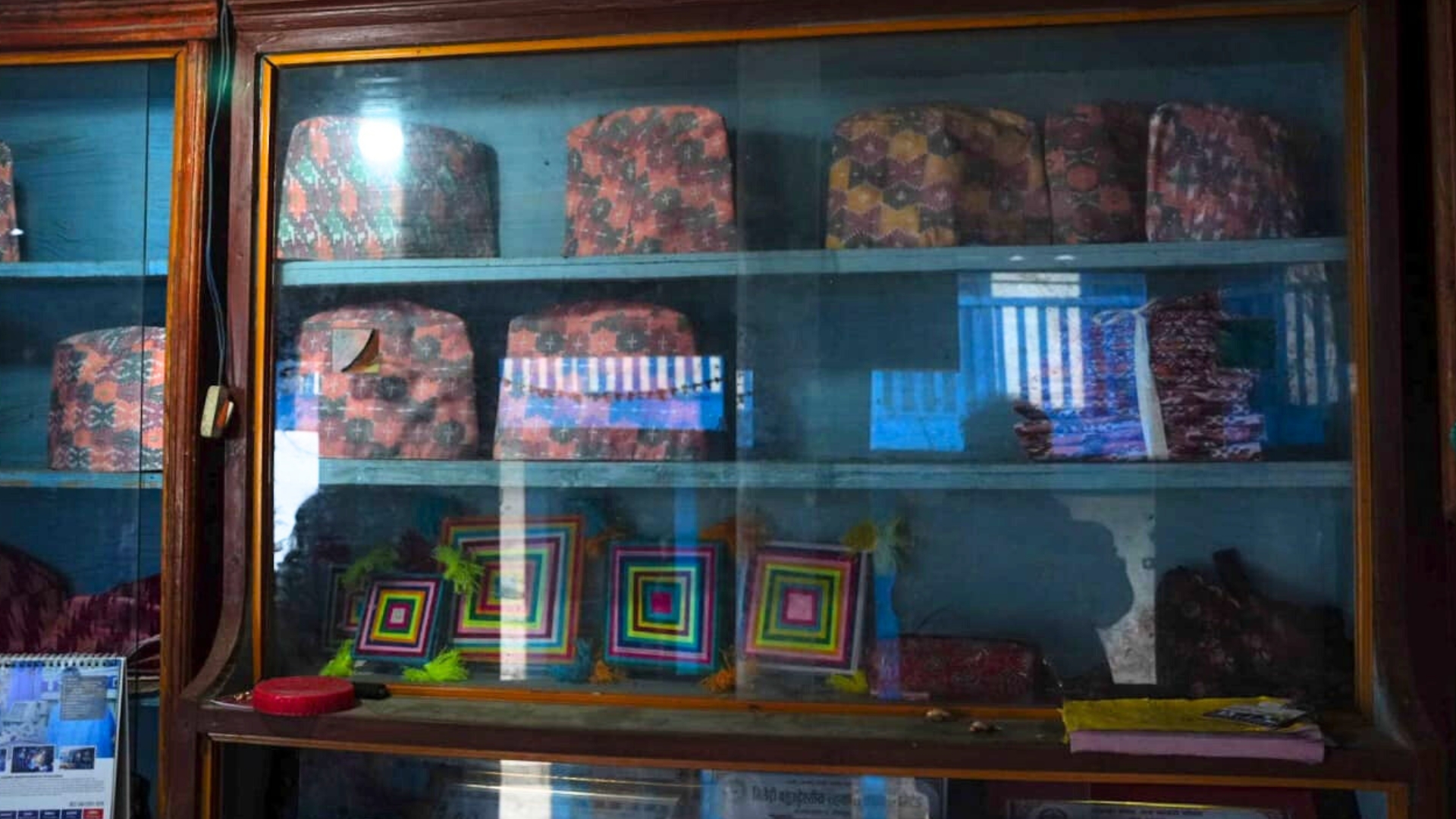
Since all raw materials must be sourced externally, the production costs for small-scale industries are inherently high. In Shanti’s industry too, the cost of raw materials significantly impacts the weaving process and reduces the profit margins.
“Weaving intricate design patterns is just like completing a mathematical calculation, one requires precise and intense focus,” she shares. “In a week, we can weave only two or three caps. However, the selling price does not reflect the effort and cost involved.”
Started with five handlooms and 40,000 rupees of investment
When Shanti established Faktanglung Dhaka Textile Industry in 2002, the initial investment amounted to NRs 40,000, and the business started with five handlooms.
“Back then, the demand for Dhaka fabric was high, and we had workers assigned to each loom,” she recalls.
However, the current scenario has changed, says Shanti. With many people migrating abroad in search of better opportunities, finding workers in the village has become a challenge. Shanti informs that due to this labor shortage, many of the handlooms that actively supported Shanti in the early days now remain idle.
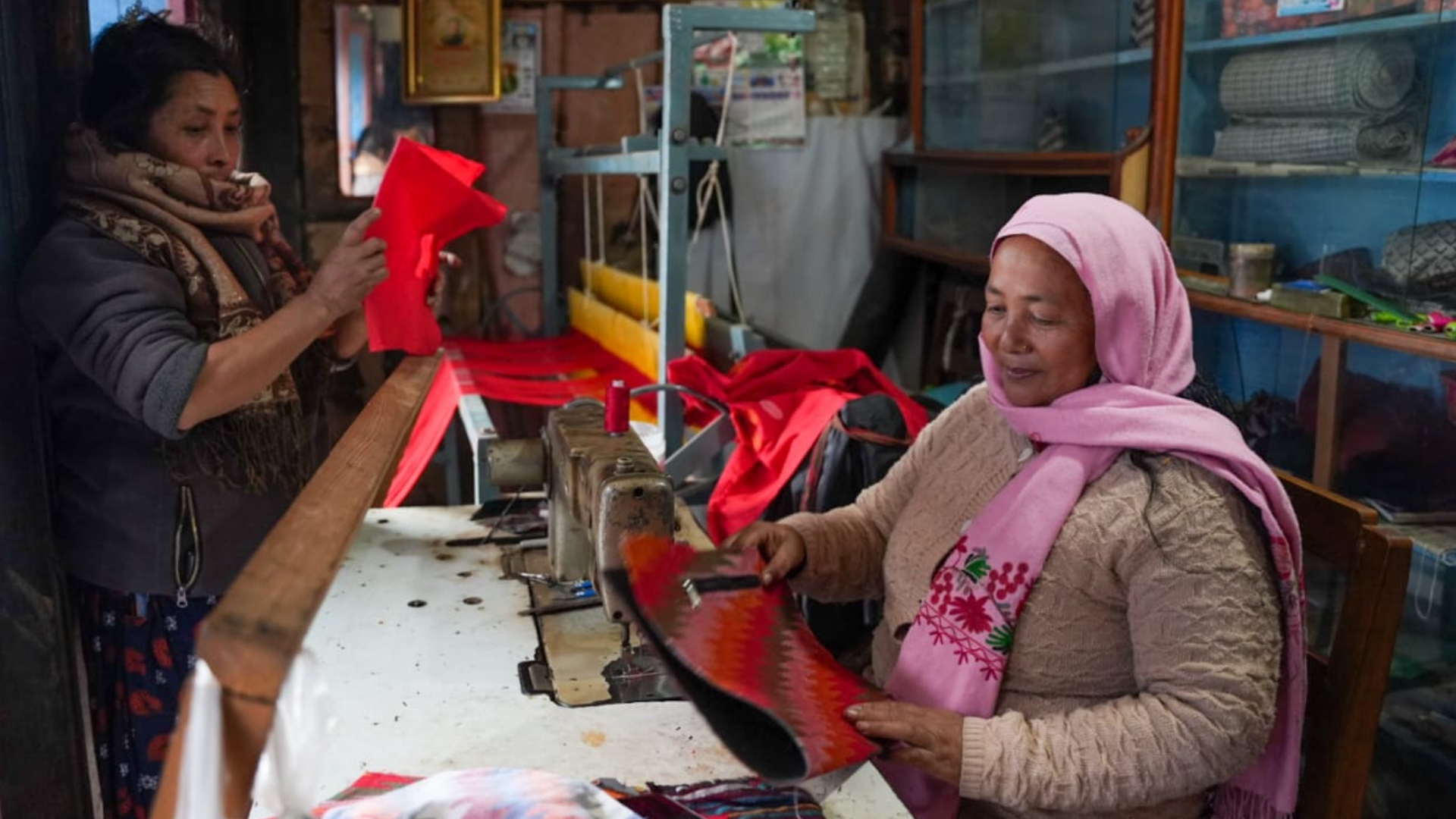
Currently, Shanti’s industry has semi-automatic machines provided by the local government of Tehrathum. The government initiated this support to preserve local skills and promote traditional craftsmanship. Shanti has been currently operating her business using this machine.
How much does the business earn?
When asked about her earnings, Shanti does not have a fixed figure to provide. Now, she dedicates only her spare time to weaving.
“I am acting as both the worker and the owner, there is no set income or profit. I only work during my free time now. The more I work, the more I earn,” she states.
Providing an example, she mentions that weaving Dhaka sarees can generate up to NPR 40,000 per month. “If I weave four sarees in a month, I can earn NPR 40,000—about NPR 10,000 per saree,” she states.
A journey from struggle to opportunity
The challenges Shanti faced while establishing her business were vastly different from those of today. Two decades ago, transportation, markets, and communication facilities were limited. However, with her husband’s support, she successfully established the industry and embarked on a professional journey.
“Back then, the struggle was immense,” she recalls. “We had to carry heavy loads to transport materials, and the market was not as accessible. Now, markets exist, and promotional platforms are available.”
She acknowledges that while opportunities have increased, so has competition. The prevalence of machine-made fabrics has made it more difficult to highlight the value of traditional craftsmanship in the market.
Having dedicated over 20 years to professional Dhaka weaving, Shanti is satisfied with her work.
“This business has sustained my family. It has provided for my children’s education and upbringing. What more satisfaction could I ask for?” she reflects.



